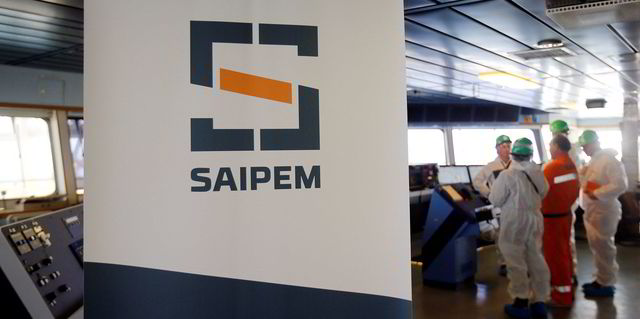
With momentum building in a number of markets for floating wind, multiple technological solutions are being proposed for substructures to support turbines and electrical substations.
The memorandum of understanding between Saipem and Siemens covers a concept design for a 500 MW, high voltage, alternating current (HVAC) floating substation.
Floating offshore substations installed in deep water offer several advantages, Saipem said, such as a lighter substructure compared with a fixed foundation solution, an easier and asset-light installation in challenging conditions as well as lower decommissioning costs.
The proponents’ concept is based on a semi-submersible structure designed to operate “in the most extreme environments with enhanced stability and can be scaled up as required by clients”, Saipem said.
The Italian contractor also claimed “the design … can be adapted to fabrication and assembly infrastructures worldwide, arguing it “could represent a tangible solution for reducing the levelised cost of energy of floating wind farms”.
Saipem chief commercial officer Fabrizio Botta described the concept as “an enabler to enhance offshore wind developments in deeper waters by lowering the overall infrastructure investment”.
Siemens head of transmission systems Agustin Tenorio said: “The new joint solution will significantly optimise critical technical parameters, such as weight, electrical efficiency and asset longevity, thus lowering the production costs and enabling an unprecedented number of countries to benefit from large-scale offshore wind generation.”